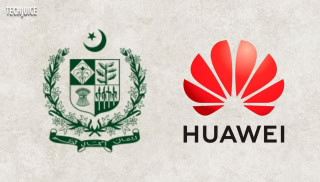The World Bank has released a new report, detailing how a shift in China’s apparel market can create as many as 1.5 million new jobs in South Asia. It also states that under the current policies, as Chinese apparel prices rise by, for example, 10 percent, employment might increase by nearly 220,000 in Pakistan alone (based on current apparel employment of about 2.5 million people).
The report takes a close look at the China-dominated the global apparel market. The world’s largest country by population, it accounts for 41 percent of the whole market, compared with 12 percent for South Asia. However, the report observes that the apparel production will start to shift towards other developing countries, especially in Asia, as the wages continue to rise in China.
The largest shares of globally traded apparel are bought by developed countries, including the United States and many from the European Union. A price surge in China will force buyers from these countries to search for other places from which to source apparel.
Apparel production to shift to developing countries in Asia
Analyzing detailed US and EU apparel import data, the World Bank report has estimated how much production may shift between China and seven leading developing Asian apparel producers; Bangladesh, India, Sri Lanka, Pakistan, Cambodia, Indonesia, and Vietnam.
Under certain policies, South Asian countries’(including Pakistan’s) exports to the United States and EU markets can increase by 13-25 per cent.
Employment opportunities in Pakistan
The World Bank report says that Pakistan is facing some inefficiencies that are undercutting its competitiveness by easing barriers to the import of man-made fibers, facilitating market access and encouraging foreign investment. If the country can tackle these inefficiencies effectively, the employment opportunities will increase manifold.
It also stated that a 1 per cent increase in apparel export can lead to a 0.3–0.4 per cent increase in employment for both men and women in Bangladesh, Pakistan, and Sri Lanka.
Source— World Bank












